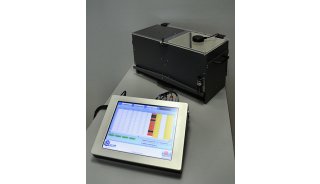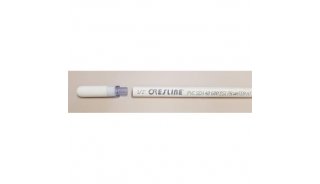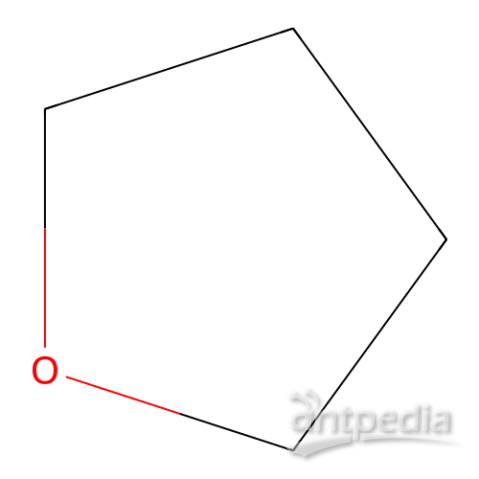Natural Matings
For natural matings, single pairs of boosted males and females are placed together. We usually keep them on a darkened shelf away from disturbances, but where they can be easily monitored. Three to four hours after boosting, the pair should begin responding to the HCG and should assume the typical amplexus mating position (see below). If amplexus has failed, then we often try re-boosting the male and female. Our best success with fertilization rates comes from carefully choosing mature frogs. Females with prominent cloacas and males with obvious nuptial pads are the most successful.
We do our natural matings at room temp (22oC). When we have attempted to do matings at warmer temperatures (25oC or warmer), we have had poor results. We have not done a careful comparison however. Nevertheless based on our experience, we recommend natural matings be done at 22oC.
We let the couple mate overnight (about 12 hours) and collect the eggs from the bucket with a pipet. We haven't found the need to keep the frogs in specialized buffers, so we simply keep them in our normal frog water. The salinity of the water can effect the quality of the fertilizations so if you are having difficulty with your fertilizations, you may opt for a more defined salt solution (1/9xMR). The eggs should not be left in the bucket longer than necessary, or they may be eaten by the parents after mating is completed. However, in our experience the animals have never eaten all of the eggs. Since trops often lay thousands, we have not had problems with animals eating so many eggs that there are none left for collection after 12-16 hours. Usually if there are few to no eggs after a natural mating, we assume that the female did not lay.
 | Male and female tropicalis in amplexus |
Contributed by Tim Grammer and Mustafa Khokha




















